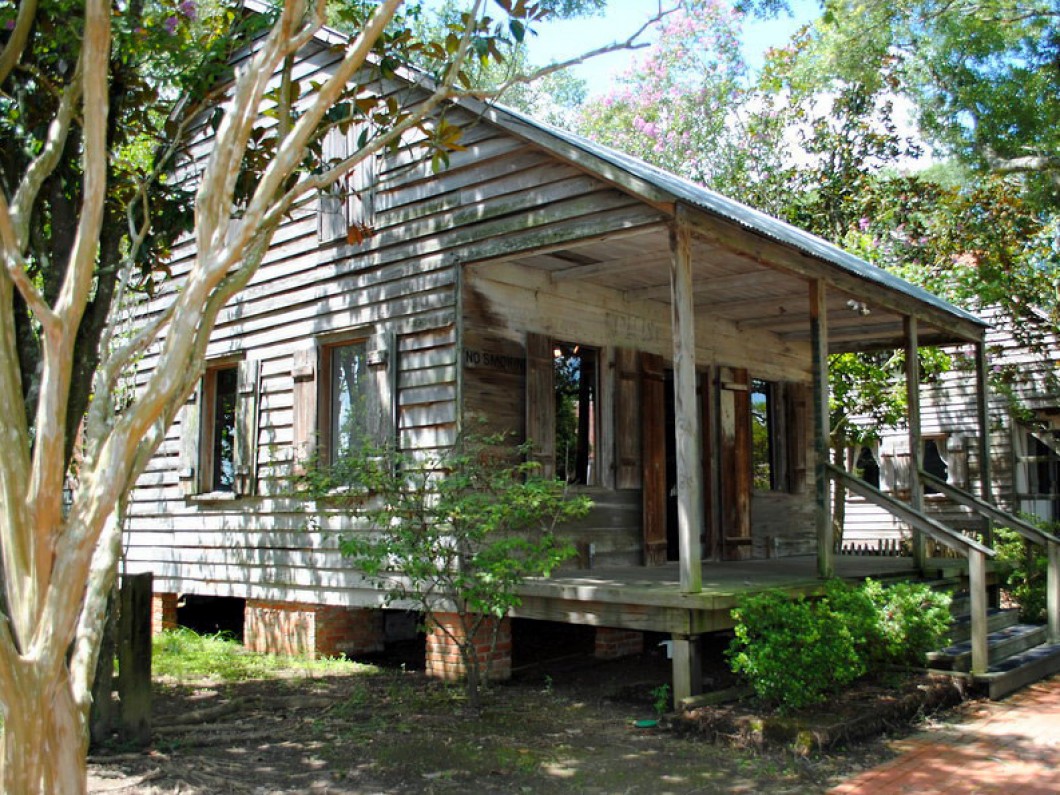Acadian Life
The early Acadian settlers lived a very simple life. They were peace-loving people who made the most with the available materials around them.
When they realized that corn could be grown successfully, it proved to be a blessing to their existence due to its varied uses. Corn could be made into hominy, grits, and cornmeal. The corn shucks were used to make dolls, mattresses, hats, and brooms. It was also used to smoke out mosquitoes. Dampened corn shucks were braided into rope and used for chair seats and hats. Cobs were used for stoppers and as kindling for fires.
Spinning wheels were used to spin threads from fibers and looms were used to weave the fibers into cloth. Hats, slippers, handbags, and baskets were woven from palmetto and corn shucks. Leather was tanned at home. Combs were made from cow horns.

Candles were made at home. Tallow or beeswax was melted and poured into molds. A string was put in the center to form the wick. In order to loosen the candle after the wax had hardened, the mold was placed in hot water. Candles were later replaced by coal and oil lamps.
Coffee had to be parched in a pot, “griller le café,” then it was placed in a coffee mill where it was ground as coarse or as fine as one wished. It was ground just before dripping so it was always fresh and was also brewed very strong.
Drinking water was obtained from a well or a wooden cistern which was near the rear of the house. Sometimes barrels were placed outside to catch and hold rain water. Dried gourd shells were used as the dippers from which they drank.
Scraps of material were never discarded. They were woven to make rag rugs or bedspreads. Often they were sewn together to form certain patterns for patchwork quilts, which were quite beautiful. The making of a quilt provided an occasion for the neighbors to get together. Patterns determined the size of the desired quilt. A rectangular wooden frame was erected and one of the pieces of patchwork was stretched over it. The layers of cotton or wool were put into place and finally the second patchwork was put on top. These were basted together and then tacked to the frame. The proposed design for quilting was marked off with chalk and the hand sewing began. These marked lines had to be sewn with very small stitches. The resulting masterpiece was certainly worth all the effort that it took to create it.
